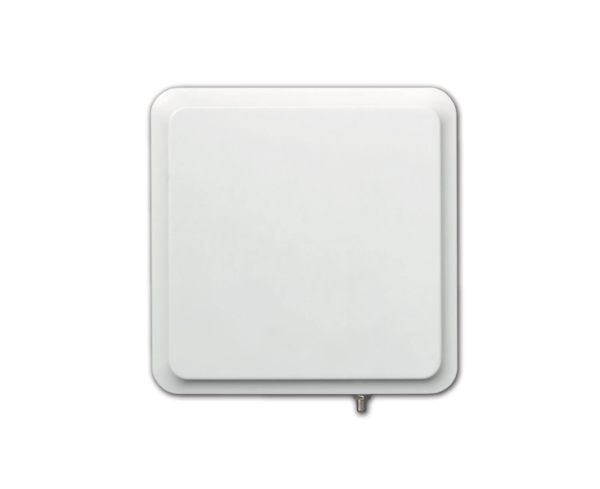Work-in-progress (WIP) tracking refers to the process of monitoring the movement of items or materials through various stages of the production process. WIP tracking is important in manufacturing and other industries where items are produced in stages, as it provides real-time visibility into the status of each item and allows for better planning and coordination of resources.

The main goal of WIP tracking is to ensure that items move through the production process efficiently and effectively, without delays or errors. By tracking WIP, organizations can identify bottlenecks, optimize production processes, and reduce cycle times. WIP tracking can also help organizations identify quality issues early in the production process, which can reduce waste and improve overall product quality.
There are several technologies that can be used for WIP tracking, including RFID, barcode scanning, and GPS tracking. Each technology has its own strengths and weaknesses, and the choice of technology will depend on factors such as the type of items being tracked, the production environment, and the level of accuracy required.
An Ultra High Frequency (UHF) RFID solution for WIP tracking can provide several benefits over other RFID technologies, such as longer read ranges and faster data transfer rates. Here’s how a UHF RFID solution for WIP tracking could work:
Tagging: Each WIP item is tagged with a UHF RFID tag that contains a unique identifier. The RFID tag can be attached to the item using an adhesive or embedded into the item itself.

Readers: UHF RFID readers are installed at various locations in the production line or supply chain, such as at the beginning and end of each production process or at key checkpoints.

Data capture: As WIP items move through the production line or supply chain, the UHF RFID tags are scanned and the data is captured by the readers. The data captured may include the unique identifier of the item, the location, the date and time, and any other relevant data.
Data processing: The captured data is processed and analyzed to provide real-time visibility into the location and status of each WIP item. The data can be integrated with other systems, such as inventory management systems or enterprise resource planning (ERP) systems.
Alerts and notifications: If there are any issues or delays in the production process, the UHF RFID system can send alerts and notifications to the appropriate personnel. For example, if a WIP item is delayed at a particular production process, the RFID system can notify the production manager to take corrective action.
Analytics and reporting: The data captured by the UHF RFID system can be used to generate analytics and reports that provide insights into production efficiency, cycle times, and other key metrics. This can help organizations identify areas for improvement and optimize their production processes.
Overall, a UHF RFID solution for WIP tracking can help improve production efficiency, reduce delays and errors, and provide real-time visibility into the status of WIP items. However, implementing a UHF RFID solution requires careful planning and consideration of factors such as the type of UHF RFID tags to use, the placement of readers, and the integration with existing systems. Additionally, UHF RFID solutions may be more susceptible to interference from metal objects or other sources of electromagnetic interference, so it’s important to carefully test and validate the system before deployment.
If you have questions about our RFID solutions, or which RFID readers work best with them please feel free to contact our experts who would be happy to help!